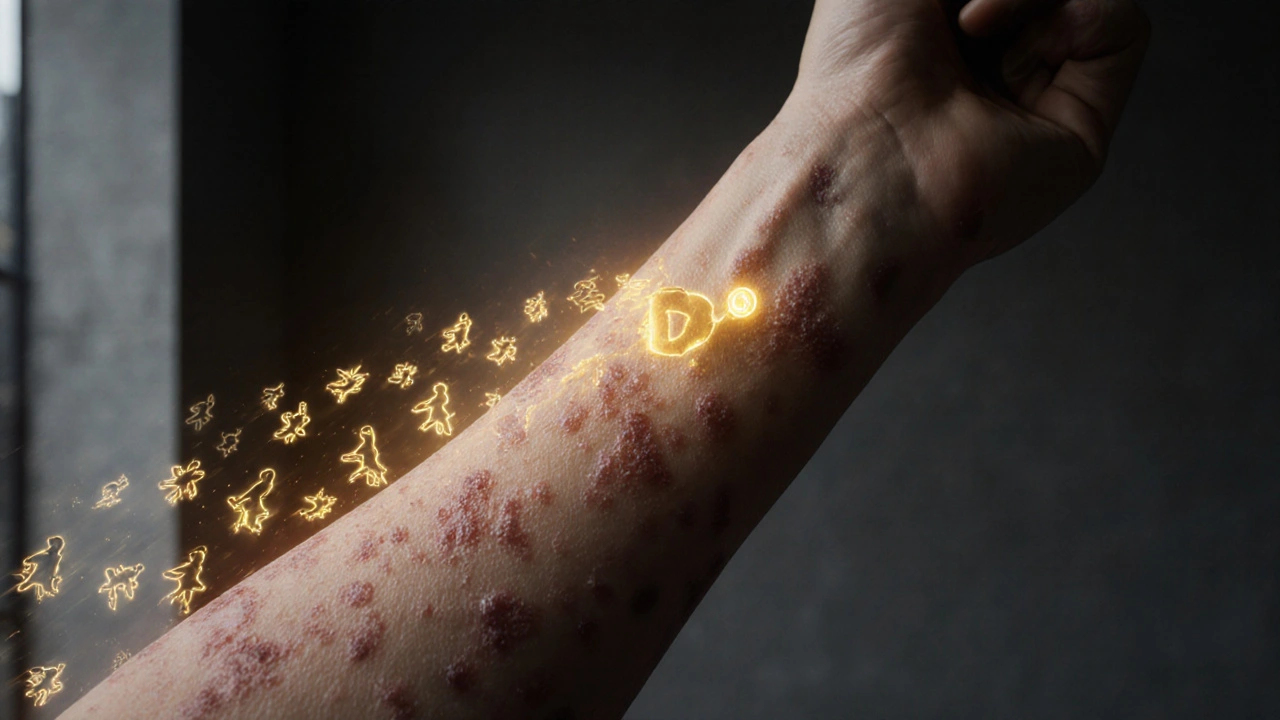Calcipotriene is a vitamin D-based topical treatment that slows skin cell overgrowth in psoriasis. It reduces scaling and inflammation without the side effects of steroids. Works best with consistent use over 6-8 weeks.
Vitamin D Analog: What It Is, How It Works, and What You Need to Know
When your body can’t make enough active vitamin D on its own, doctors sometimes turn to a vitamin D analog, a lab-made version of vitamin D that acts like the natural hormone but with more control over dosage and effects. Also known as calcitriol, it’s not just a supplement—it’s a targeted medicine used when your kidneys or metabolism can’t convert vitamin D properly. Unlike regular vitamin D pills you buy at the store, vitamin D analogs are designed to work without raising calcium levels too high, which makes them safer for people with kidney disease or parathyroid issues.
These analogs include calcitriol, the most common form, used for kidney patients and low calcium levels, paricalcitol, often prescribed for dialysis patients to control parathyroid hormone, and doxercalciferol, another option for secondary hyperparathyroidism. They don’t help with general vitamin D deficiency like sunlight or over-the-counter D3. Instead, they’re used when your body’s natural system is broken—like when kidneys can’t activate vitamin D, or when parathyroid glands go into overdrive. These drugs help regulate calcium, phosphate, and bone turnover without triggering dangerous side effects like kidney stones or heart rhythm issues.
People taking these analogs often have chronic kidney disease, osteoporosis from long-term steroid use, or rare conditions like hypoparathyroidism. They’re not for everyone. If you’re just low on vitamin D from lack of sun or diet, a simple supplement is enough. But if you’re on dialysis or have a hormone imbalance, these analogs are a critical tool. They’re not magic—they come with risks, require blood tests, and need careful dosing. That’s why they’re prescription-only.
Looking at the posts here, you’ll see how these drugs fit into bigger health pictures: managing bone loss in Addison’s disease, controlling blood pressure with ARBs like losartan, or avoiding side effects from older meds like ranitidine. Vitamin D analogs don’t show up in every article, but they’re part of the same system—how your body handles minerals, hormones, and long-term disease. What you’ll find below are real-world comparisons, safety tips, and treatment alternatives that help you understand where these analogs fit in the bigger picture of modern medicine.

